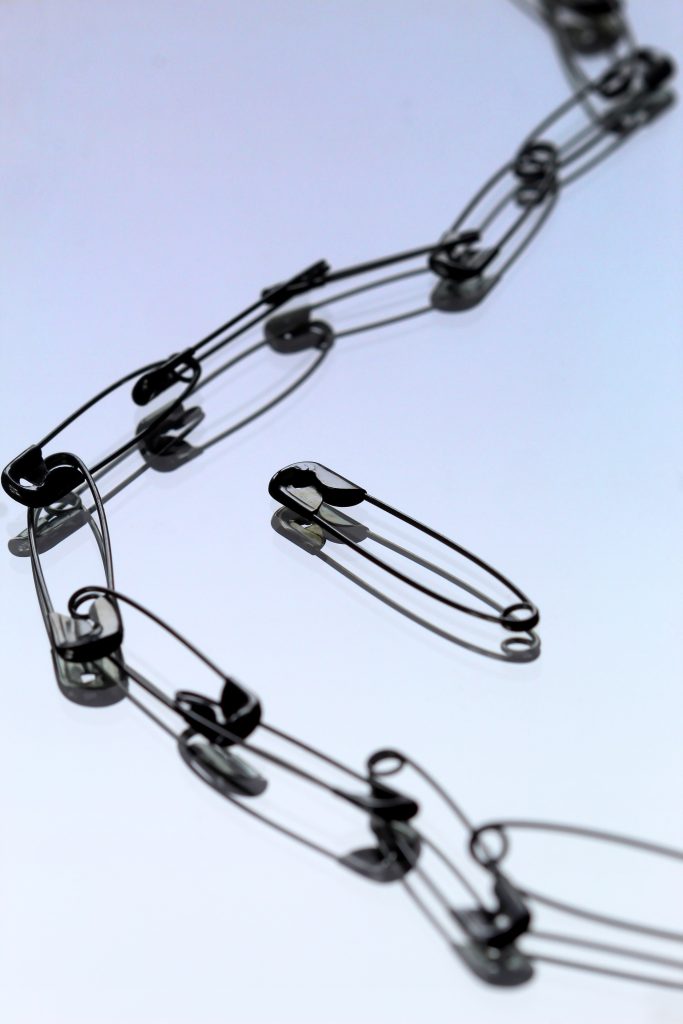Edward de Bono’s Six Thinking Hats in Constructive Race Talk

Thinking About How You Think
Change readiness, cultural curiosity, empathy, and growth mindset— all skills that will facilitate productive race talk and race work. And there’s one more muscle you’ll want to develop: the ability to think about how you think.
SPECTRUM THINKING
Workplaces do not operate in a dynamic of polarized extremes: Black or White, male or female, introvert or extrovert. Humans, like the rest of nature, exist on a spectrum, not in dichotomy. We understand, appreciate, live, think, work, and communicate along a spectrum. What we call “spectrum thinking” is the ability to remain open to wide-ranging, new ideas to make sound business decisions.
Dichotomous thinking creates a polarizing dynamic where “either/or” extremes exist with no possibilities along the spectrum in between. “My way or the highway” thinking shuts down discourse. It’s impossible to appreciate differences, practice cultural curiosity, be empathetic, and find common ground when we approach race work from this place. This yes-no, winners and losers approach is what dominates when people bring what they believe to be the answer to an issue solely based on their perception of reality. Spectrum thinking invites dialogue through exploring common ground. The ability to think along a spectrum of wide-ranging ideas is a skill that can be cultivated. Moreover, it is necessary for the complexity of race work.

SIX THINKING HATS
This is a tool your organization can use to practice and become more disciplined in this skill.
The Six Thinking Hats® model was first published in 1985 by Edward de Bono,19 physician, psychologist, author, inventor, and philosopher. Six Thinking Hats is a muscular technique that facilitates decision-making by encouraging exploration of different points of view in parallel, rather than in opposition. It helps us to move beyond our habitual thinking styles to widen our perspective, and also inhabit that of other people.
During an argument, people withhold information if it does not support their point of view. Rather than walking into a room with the intent of reinforcing what we already believe and needing to be “right,” the Six Thinking Hats tool helps us to operationalize how we think regardless of our preferred styles. This allows our discussions, exploration, and the actions that flow from them to be more effective: specifically, to design new possibilities, not argue between two existing possibilities.
How It Works

James P. “Pat” Carlisle, president of the de Bono Group, describes the Six Thinking Hats this way. “Typically, when we think, we try to juggle too much at once,” says Carlisle. “We may be looking at the information, judging it, and forming new ideas all at the same time. The Six Thinking Hats allows us to unbundle and separate out the different aspects of thinking, one mode of thinking at a time.” If you don’t like an idea, you are not going to spend much time thinking about its benefits. If you do uncover good points, you would have to accept that you “lost” an argument. Which brings us to our old ways of thinking: dichotomous arguments focused on winning or losing. This lacks creative energy. Six Hats opens up new worlds.

“It’s a tool set,” says Carlisle. “When you play golf, you have in your bag several different clubs or tools for playing the game. For making long shots, you use a driver tool. The putter tool is for hitting the ball into the hole on the green. Similarly, each of the six hats is a tool with a specific function. Just as you select a golf club, so you would select a thinking hat.” To be clear, the six hats are not descriptions or categories of thinkers. Every thinker should be able to use each hat just as every golfer should be able to use each club. It is true that some people may be more adept at using one hat than another.
And some people may also prefer to use one hat rather than another. However, the hats do not represent types of thinkers. Rather, they serve as a direction and focus for thinking. Understanding this distinction is key to using Six Hats effectively.
Let’s look at each hat, which represents a particular mode of thinking:
White hat—the factual hat. White hat is informative. It is all about data. What you have, what you need, and, if you don’t have what you need, where to get it.
Red hat—the hat for the heart. Red hat honors intuition and feelings. Invested in instinct, red hat invites feelings without justification.
Yellow hat—the value hat. Yellow hat is always on the lookout for benefits and values. Yellow hat holds the positive view in any situation.
Black hat—the judge’s hat. This hat invites us to explore with caution. Black hat offers logical reasons for concern. One of the most powerful hats, it encourages us to identify, consider, and weigh risks.

Blue hat—the conductor’s hat. This is the control hat, thinking about and managing the thinking process. This hat sets the agenda, focuses, and sequences it. Blue hat ensures that guidelines are observed. It asks for
summaries, conclusions, decisions, and action plans.
Green hat—the creative hat. Green hat is a fount of new ideas. It poses alternatives, possibilities, and new concepts.
Modes of Thinking NOT Types of Thinkers
You are probably aware of how you and others tend to inhabit the roles on the teams or groups you belong to. Maybe you are the one who always keeps an eye out for risk and challenges using a black hat perspective; or maybe you are the red hat passionista, excited about the possibilities, and who plunges forward indifferent to potential blind spots. Maybe it is you, always crunching numbers in her head underneath her white hat; or perhaps you are the blue hat wearer, holding the big picture, and keeping the group’s focus on track. All these different roles are valuable. If, however, the same person always inhabits those roles, then the group’s ideas and operational dynamics follow a predictable pattern.
The Six Thinking Hats are designed to help people to step out of their usual role, to deliberately adopt modes of thinking that broaden their perspective. By extension, this helps them remain open to exploring previously unimagined possibilities in service of the idea at hand. Thinking in parallel, not in opposition, allows us to investigate every idea to its fullest, without one mode of thinking dominating the proceedings.

